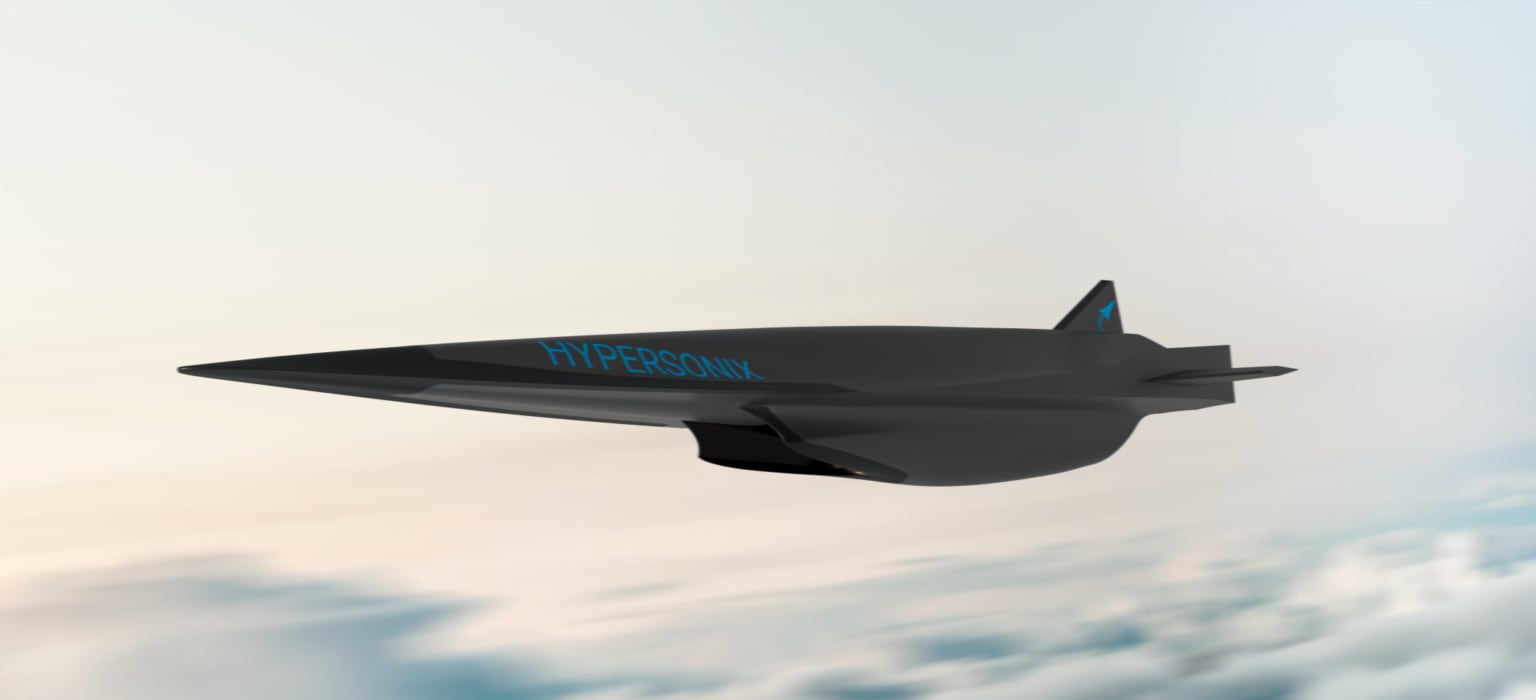WASHINGTON — House lawmakers want the the U.S. Department of Defense to explore new flight range options for testing long-distance hypersonic systems.
A lack of test ranges and other infrastructure is a significant limiting factor in the U.S. Department of Defense’s development of hypersonic systems, which can fly and maneuver at speeds of Mach 5 or higher. Officials want to fly these aircraft and weapons at a more regular cadence but the aircraft and ranges it relies on are in high-demand, limiting major programs to a few flights per year.
RELATED

In its proposed fiscal 2024 defense policy bill, released June 12, the House Armed Services Committee called for the department to study “at least two additional corridors” for long-distance hypersonic testing and initiate any environmental reviews that would be required for those tests.
A separate provision would require the Secretary of Defense to brief the committee by early next year on its plan to “maximize” the use of its West Coast flight ranges. That plan should include the cost and schedule for making improvements at those locations.
“The committee is aware of the need for expanded test ranges for hypersonic, autonomous systems and new aerospace developments that require access to restricted, air, land and sea space,” the committee said. “The need to expand rages for seamless interoperability is paramount to address the complexity of weapon systems.”
The bill also notes that DoD is overdue in delivering a hypersonic testing strategy, which was required in the Fiscal 2023 National Defense Authorization Act. Lawmakers proposed blocking a portion of the travel budget for the Pentagon’s undersecretary for policy until that plan is submitted.
Speaking June 14 at a Defense One Technology Summit, Air Force Research Laboratory Chief Technology Officer Timothy Bunning said his team is trying to do more of its testing in virtual and simulated environments, but that flight-test constraints are a major detriment to the service’s hypersonic programs.
In fact, he highlighted a recent review from the Air Force Scientific Advisory Board that identified test limitations as “the number one threat right now to the portfolio.”
“We don’t have what we need to operate at the speed of relevance right now,” Bunning said.
RELATED

The Air Force’s Air-Launched Rapid Response Weapon had a notable test failure in late March, and service acquisition chief Andrew Hunter has signaled it may not move forward with the program beyond the prototyping phase.
The House Armed Services Committee’s policy bill — which does not ultimately determine defense appropriation levels, but has influence on the process — recommends cutting the $150 million in fiscal 2024 funding that the service would need to finish ARRW’s prototype phase.
Bunning said today that while failures aren’t ideal, they’re a biproduct of a rigorous test program.
“We’re really exercising muscles that we haven’t exercised in a while,” he said. “These are complex systems and things go wrong, and we have to be tolerant of that failure.”
Courtney Albon is C4ISRNET’s space and emerging technology reporter. She has covered the U.S. military since 2012, with a focus on the Air Force and Space Force. She has reported on some of the Defense Department’s most significant acquisition, budget and policy challenges.








